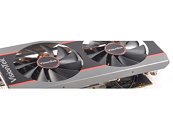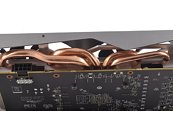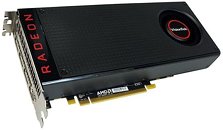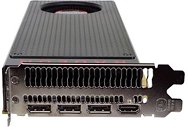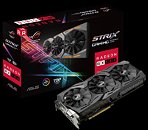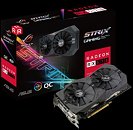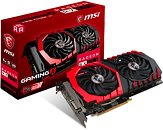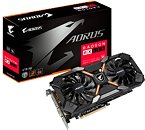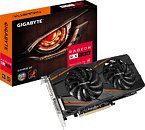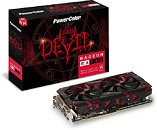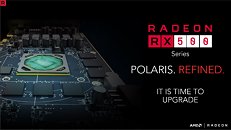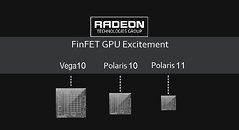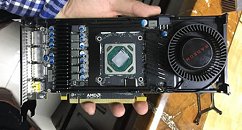
BIOSTAR Announces its Radeon RX 500 Series Graphics Cards
BIOSTAR is thrilled to announce its latest lineup of graphics card for gamers featuring the 2nd-generation Polaris architecture from AMD coupled with excellent gaming performance and higher clock speeds. Introducing the new BIOSTAR RADEON RX 500 series GPUs designed to be the perfect graphics upgrade for those looking to play modern games and experience VR at compelling prices and the prodcuts will be exclusively for Asia Pacific and China region.
The new BIOSTAR RADEON RX 500 series GPUs include the latest flagship RX 580, together with the mainstream RX 570 and RX 550. The new GPUs feature support for DX12 and Vulkan API. Combined with technologies to help improve visual performance and display technologies to improve the overall gaming experience, gamers will fully enjoy their gaming experience with the new RADEON RX 500 series.
The new BIOSTAR RADEON RX 500 series GPUs include the latest flagship RX 580, together with the mainstream RX 570 and RX 550. The new GPUs feature support for DX12 and Vulkan API. Combined with technologies to help improve visual performance and display technologies to improve the overall gaming experience, gamers will fully enjoy their gaming experience with the new RADEON RX 500 series.




